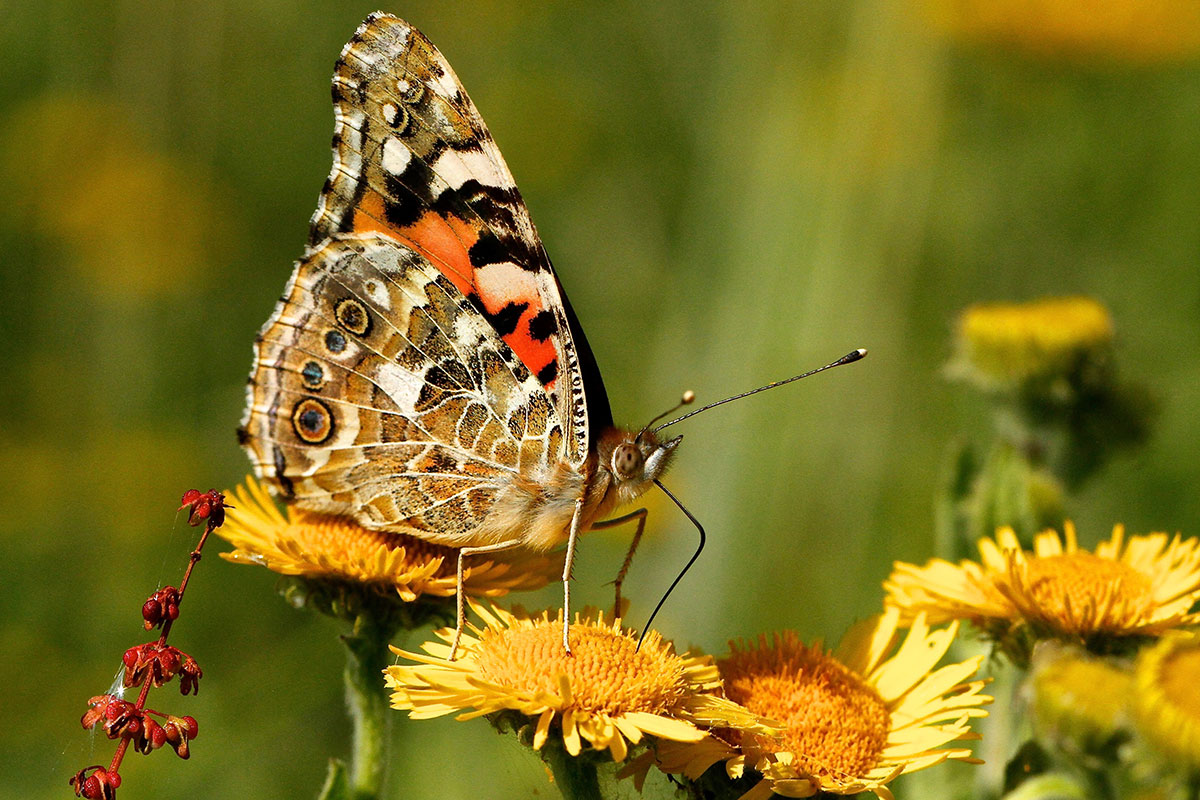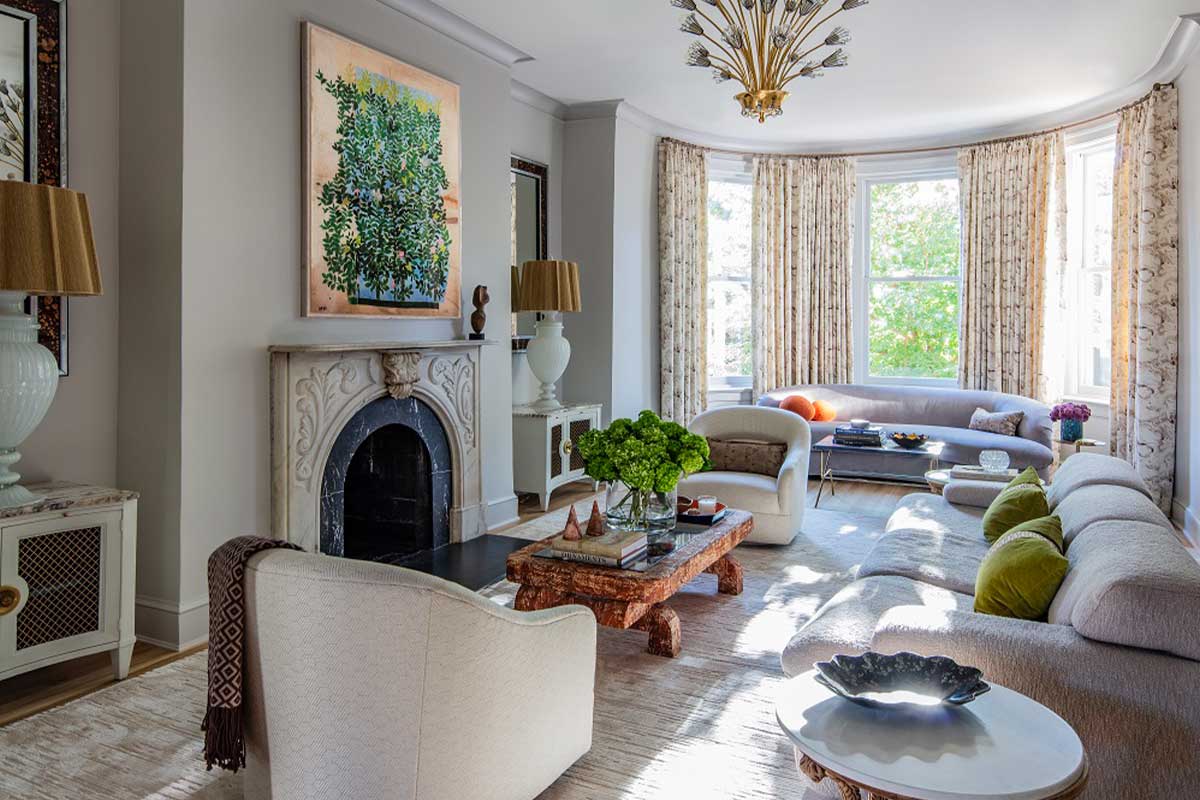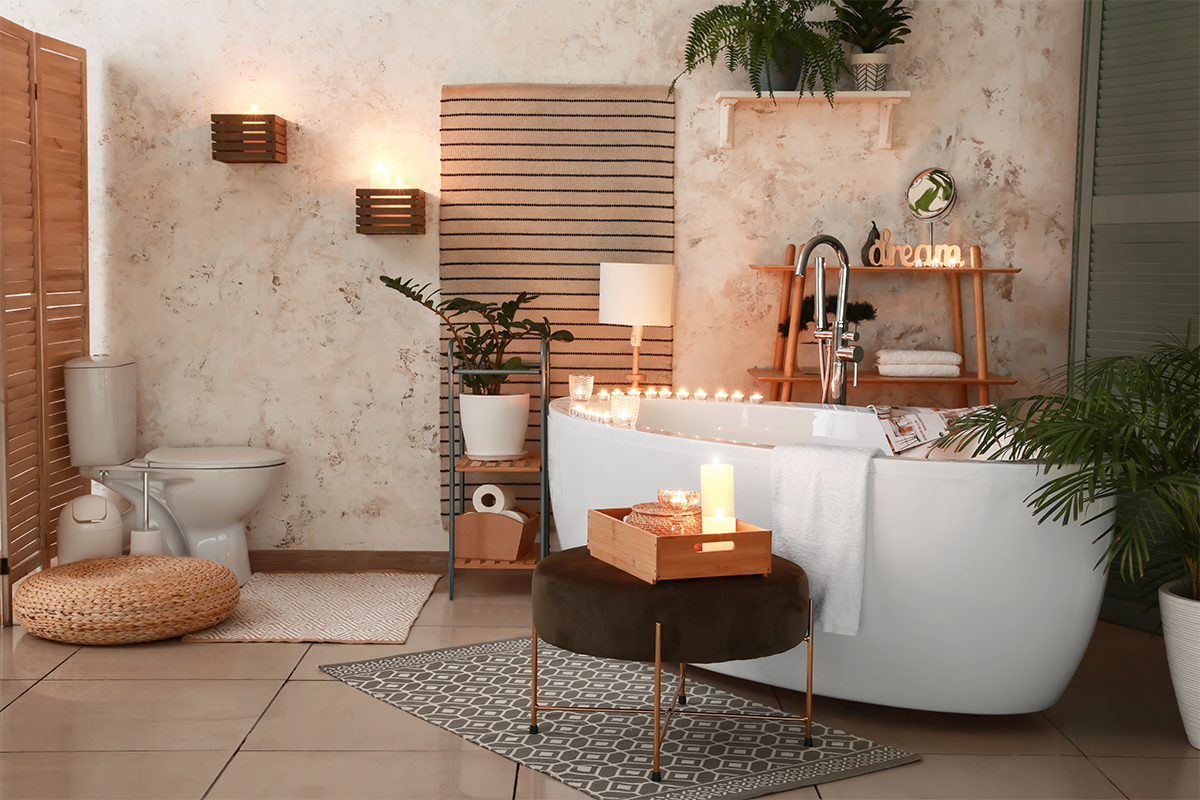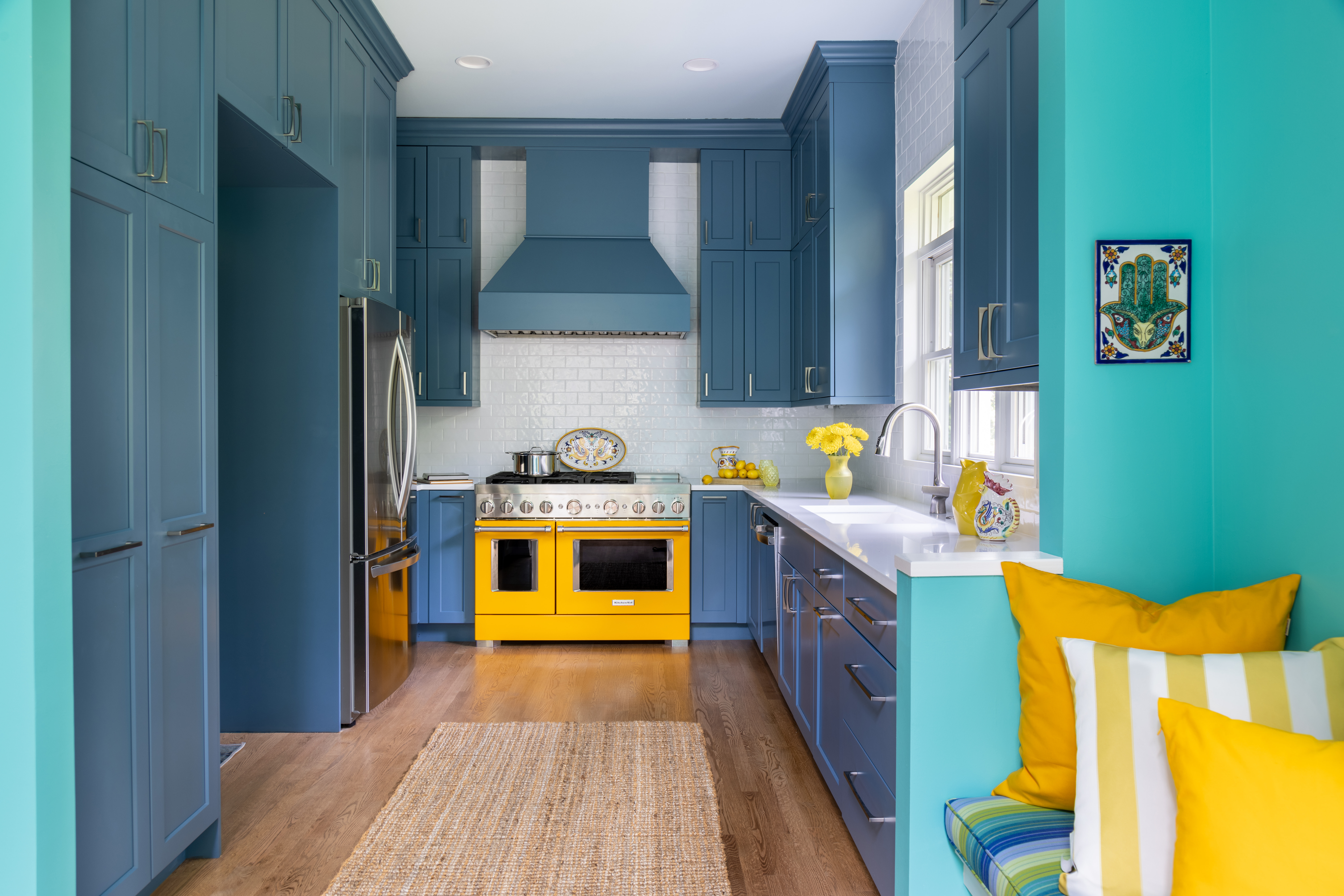
There’s a new trend buzzing in the gardening scene: pollinator gardens, which are designed and planted with specific nectar and pollen-producing plants to attract bees, butterflies and other pollinating insects.
Anders Vidstrand is at the helm of the horticulture program at Northern Virginia Community College, serving as the program’s head and assistant professor.
We spoke with him about the importance of creating more pollinator gardens in Northern Virginia and how everyone, even those with limited space or resources, can help protect them for the many seasons to come. Highlights are below.
Can you explain what a pollinator is and why they are important in Virginia?
Pollinators are a very diverse group. They include any species that moves pollen from the flowers of one plant to another. This includes bees, butterflies, moths, some beetles and flies, hummingbirds and bats. However, the two main groups that we tend to focus on in the world of gardening are the various native bee species and butterfly species.
As pollinators, honey bees tend to get a lot of attention (which they should), but honey bees actually are not native to North America. Although they are obviously extremely important to a large percentage of our crop plants. But a lot of new research has shown that many native bee species actually also contribute to pollination of our crop plants, as well as pollination of our native plants. Otherwise, butterflies also get a lot of attention by gardeners since they are so beautiful. There are other pollinators like some fly species such as hoverflies or syrphid flies (which look sort of like bees) that are flower visitors as adults.
Regardless of which species a gardener focuses on, studies have shown that even the smallest of gardens can have a very positive effect on the population of pollinators, many of which are at risk or endangered for various reasons.
What’s the best way to start a pollinator garden?
Plant more flowers! I would start with couple of species native to the mid-Atlantic with a focus on either bees or butterflies, or both. With native bees, your goal should be to create a rich habitat of flowers over the longest period possible. Specifically, you should look for plants that flower continuously over a long period, with numerous, often small individual flowers. This will provide an abundance of nectar and pollen for these species.
If you are seeking to build a butterfly garden, you have two options: one is to provide larval food source (such as milkweed species for monarch butterflies), and the other is to provide an abundance of small flowers for the adult butterflies, which would be similar as for attracting native bees.
Why are pollinator gardens important?
Pollinators provide a key service in our ecosystems with their interactions with plants and animals. They provide the pollination needed for the seeds of many of our native species to form. Plants are, in many cases, utterly dependent on pollinators for their reproduction and spread. Pollinators also serve as an extremely important food source for many other animal species, especially native bird species. Providing a pollinator-friendly habitat is really providing a habitat for many other plant and animal species.
What are the “don’ts” of creating a pollinator garden?
Pesticide use is one of the most important factors to be aware of for pollinator health. Obviously, chemicals designed to kill insects might pose a risk to these beneficial insects. It’s important to hire and use companies with certified applicators. These licensed professionals are trained on proper use, care and timing of pesticides and have significantly more knowledge than home gardeners on chemicals and methods that aren’t overly harmful to pollinators. A great example is not applying most pesticides on plants that are in full bloom. Even organic chemical controls can kill pollinators if they are frequenting the flower when or soon after you spray.
Another big problem is fragmentation and loss of habitat due to development. This is where even a small garden can really help the local pollinator populations. Specifically, the emphasis on extremely tidy, turf-grass dominated landscapes with an over-application of mulch removes much of the habitat that these pollinators need to live. For example, native bumble bees (many of which are ground dwelling) need some open, wildly-managed soil like those found in pollinator gardens. Consider getting rid of more turf, mulching less thoroughly and less deeply (less than 3 inches!) and planting more flowers and pollinator plants in Northern Virginia.
For more home and garden content, subscribe to our weekly newsletter.




